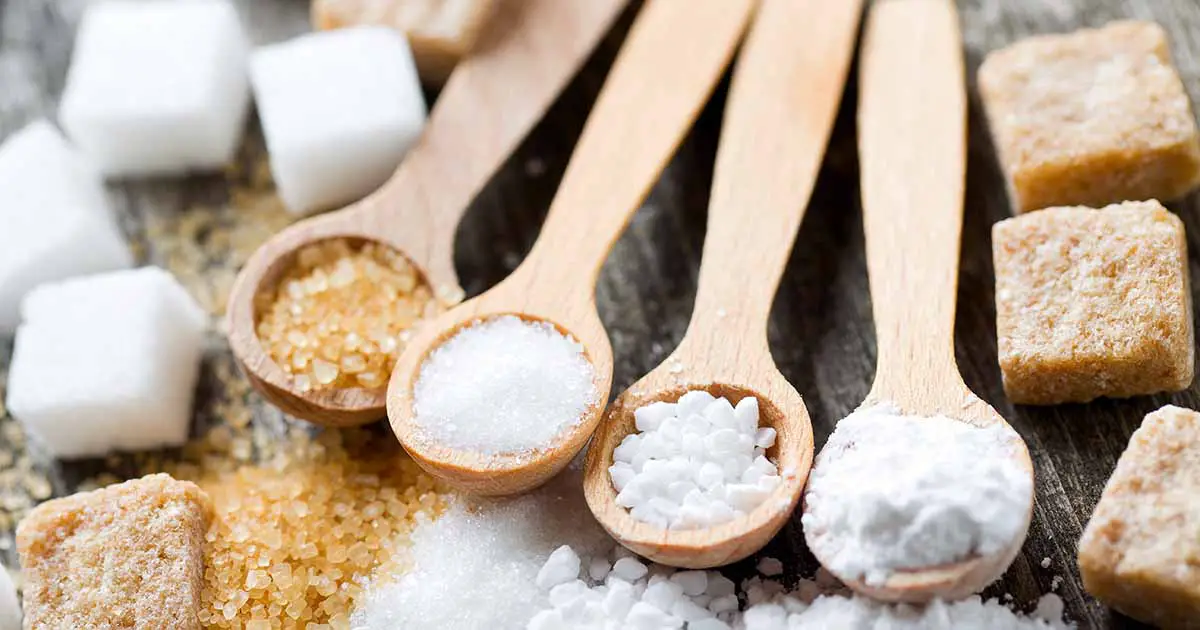Many chefs use ratios to help them remember the basic proportion of the ingredients used in stock making.
Bones: 50%
Mirepoix: 10%
Water: 100%
However, given here is a more detailed ratio of the ingredients used.
INGREDIENT PROPORTIONS:
For 4 liters of stock
Ingredients White Brown Fish
Bones 2.5kg 2.5kgs 2kgs
Mirepoix 500g 500g 250g
Water 5lit 5lit 4lit
Sachet 1 no 1no 1no
Tomato product — 250g —
White Wine — — 250ml
PROCEDURES:
Making stock may seem to be a simple procedure. However, there are many steps involved. You must understand not only what to do, but also why you are doing it.
Blanching of the Bones:
We know that proteins coagulate when heated. Many proteins dissolve in cold water but solidify into small particles or into froth and scum when heated. It is these particles that make a stock cloudy. Much of the technique of stock making involves avoiding cloudiness to produce a clear stock. The purpose of blanching the bones is to rid them of the impurities, which cause cloudiness. The bones of young animals are highest in blood and other impurities that cloud and discolor stocks. Chefs tend to disagree on the importance of blanching. Some feel that the process causes flavor loss. Others feel it is necessary to produce a clear stock. Fishbones are not blanched because of their short cooking time. Blanching involves the following steps:
1. Cut bones into small pieces and rinse in cold water. This washes off the blood and some of the other impurities. This step is especially important if the bones are not absolutely fresh.
2. Place the bones in a stockpot and cover with cold water. Remember, impurities dissolve easily in cold water.
3. Bring the water to a boil. As the water heats, impurities solidify (coagulate) and rise to the surface as scum.
4. Drain the bones and rinse them well. The bones are now ready for the stockpot.
5. To make brown stock, one more step is involved: Browning of the bones in the oven. This will impart the required color to the stock.
Procedure for preparing stock:
1. Add the blanched bones to cold water.
2. Bring the water to a boil, then reduce to a simmer.
3. Skim the scum that rises to the surface, carefully.
4. Add the mirepoix and the sachet. (add tomato products if used)
5. Do not let the stock boil rapidly. Keep it at a low simmer. Boiling makes the stock cloudy.
6. Skim the surface as often as required.
7. Keep the water level above the bones. Cooking bones exposed to air will turn them dark and discolor the stock.
8. Simmer for the recommended time:
9. Brown stock: 6 to 8 hours
White stock: 3 to 4 hours
10. Skim the surface and strain the stock through a clean muslin/Tammy cloth.
11. Cool the stock as quickly as possible. Cooling the stock quickly and properly is important. Improperly cooled stock can spoil easily because it is a good breeding ground for bacteria. Do not refrigerate hot stock. It will damage the refrigerator and cause other foods to spoil as well.
Note: For Brown Stock, the mirepoix may be browned with the bones.
When the bones are half browned, add the mirepoix. However, some chefs prefer to add the mirepoix directly to the stock.
FISH STOCK:
Fish stock is prepared from fish bones obtained after cleaning, cutting, trimming and filleting fish. These are thoroughly washed and then allowed to sweat in a little oil or butter in a covered pan over medium heat. Water is then poured into the pan and brought to a boil. The scum formed is skimmed off regularly and the mirepoix added before allowing the stock to simmer for 20 to 25 minutes. Because of the short cooking time involved, fish stock is often referred to as Court Bouillon (court meaning short in French).
REDUCTION & GLAZES
Stocks can be concentrated by boiling or simmering them to reduce them and evaporate part of the water. This is called reduction or reducing.
A glaze is a stock that is reduced till it coats the back of a spoon. It is so concentrated that is solid and rubbery when refrigerated. Glazes are used as flavorings in sauce making and in some meat, fish, poultry and even vegetable preparations. Only small amounts are needed, as they are very concentrated. There are three types of glazes:
1. Meat glaze or glace de viande made from brown stock.
2. Chicken glaze or glace de volaille made from chicken stock.
3. The fish glaze or glace de Poisson made from fish stock (sometimes called Fumet).
The cost, both in terms of money, material and time of making stocks in the kitchen has led to the widespread use of concentrated convenience products known as bases. The maybe powders or pastes which are diluted with water to make a flavored liquid similar to stocks. Nestle, Maggi, and Knorr are the leading international manufacturers of these bases.
Glazes can be considered to be bases, and in fact, they are the original bases, used long before the modern versions.
Bases vary greatly in quality. The best ones are composed mainly of meat extracts. These are perishable products and need to be refrigerated. However, a lot of bases are primarily salt (an expensive way of buying salt). Read the list of ingredients on the box or packet and avoid those, which list salt first!
USING BASES:
– Bases can be improved by simmering them with a little mirepoix, meat trimmings and bones. This improves the taste and gives a `fresher’ and more natural flavor to the stock.
– Bases can be added to stocks to supplement their flavor and taste and reduce the cooking time.
– Bases are added to stocks to supplement them when only a little is on hand.
There is no substitute for a well-made stock. But it is also true that a good base may be better than a poorly made stock!!






